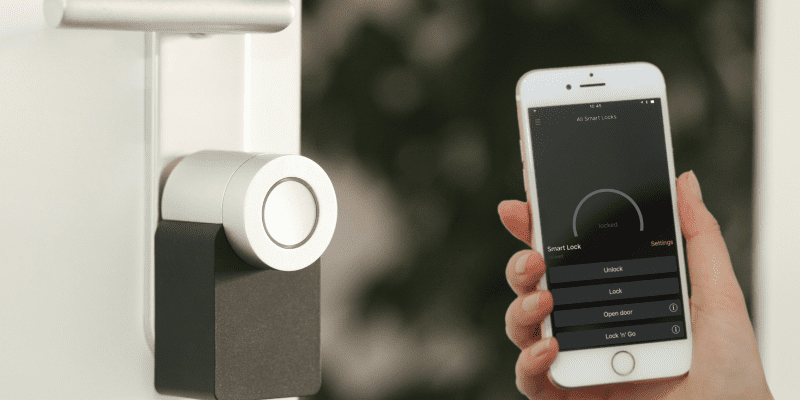The emergence of smart homes has revolutionized the way we interact with our living spaces. With the integration of Artificial Intelligence (AI) into our daily lives, our homes have become smarter and more efficient than ever before. AI-powered assistants have taken center stage in this transformation, playing a pivotal role in making our lives easier and safer. In this article, we will explore the multifaceted role of AI-powered assistants in smart homes and delve into the ways they enhance our daily routines.
Introduction
The Evolution of Smart Homes
Before we delve into the impact of AI-powered assistants, let’s take a brief look at the evolution of smart homes. Smart homes are residences equipped with various devices and systems that can be remotely controlled, automated, or monitored. These devices range from thermostats, lighting, and security cameras to appliances like refrigerators and washing machines. The concept of smart homes has been around for decades, but recent advancements in AI technology have accelerated their development and adoption.
The Birth of AI-Powered Assistants
AI-powered assistants, also known as virtual assistants, are at the heart of the smart home revolution. These digital companions, like Amazon’s Alexa, Apple’s Siri, Google Assistant, and others, are designed to understand and respond to natural language commands. They leverage AI algorithms, voice recognition technology, and internet connectivity to provide users with a seamless and interactive experience.
Enhanced Convenience
One of the primary roles of AI-powered assistants in smart homes is to enhance convenience. These virtual assistants can perform a wide range of tasks, from setting timers and creating shopping lists to answering questions and controlling smart devices. Imagine being able to adjust your thermostat, turn off lights, and lock your front door—all with a simple voice command. AI-powered assistants make it possible.
For example, you can say, “Alexa, turn on the lights,” and your virtual assistant will instantly illuminate your home to your preferred setting. This convenience extends to other aspects of daily life, such as setting reminders, checking the weather, or even ordering groceries online.
Home Automation
AI-powered assistants excel in automating routine tasks, making them an invaluable addition to smart homes. They can create intricate routines that trigger a sequence of actions based on specific conditions or time schedules. For instance, you can program your assistant to dim the lights, lower the thermostat, and play soothing music when you say, “Goodnight.” This level of automation not only saves time but also contributes to energy efficiency.
Improved Security
Safety is a top priority for homeowners, and AI-powered assistants play a pivotal role in bolstering security measures. Many smart home security systems integrate with virtual assistants to provide real-time monitoring and control. You can check your security cameras, lock doors, and receive alerts about suspicious activities—all through voice commands or a smartphone app.
Moreover, these assistants can simulate your presence at home when you’re away by turning lights on and off or playing TV sounds. This deters potential intruders and enhances the overall safety of your property.
Energy Efficiency
Smart homes aim to reduce energy consumption while maintaining a comfortable living environment. AI-powered assistants contribute significantly to this goal by optimizing energy usage. For instance, they can adjust thermostats based on your preferences and daily routines, ensuring that heating and cooling are not wasted when no one is home.
Additionally, these assistants can provide insights into your energy consumption patterns, allowing you to make informed decisions about energy-saving measures. Over time, this can lead to substantial cost savings and a reduced carbon footprint.
Accessibility for All
AI-powered assistants are not just convenient for tech-savvy individuals; they also enhance accessibility for people with disabilities. Voice-controlled smart homes enable those with mobility or sensory impairments to control their environment independently. This inclusivity is a testament to the positive impact of AI-powered assistants on people’s lives.
Continuous Learning
One of the remarkable features of AI-powered assistants is their ability to learn and adapt. They use machine learning algorithms to improve their responses and understand user preferences better. As you interact with your virtual assistant, it becomes more attuned to your voice, preferences, and habits, providing a personalized and efficient experience.
Integration and Compatibility
AI-powered assistants are designed to work seamlessly with a wide range of smart devices. They can connect and control devices from different manufacturers, ensuring compatibility and ease of use. This interoperability simplifies the management of your smart home ecosystem and allows you to customize it to suit your needs.
Future Possibilities
The role of AI-powered assistants in smart homes is continually evolving. As AI technology advances, these assistants are likely to become even more intelligent and capable. Future possibilities include improved natural language processing, deeper integration with augmented reality, and enhanced predictive capabilities.
Conclusion
AI-powered assistants have transformed the concept of smart homes into a reality, making our lives easier and safer. Their roles in enhancing convenience, automating tasks, improving security, and promoting energy efficiency are just the beginning. As technology continues to evolve, we can expect AI-powered assistants to play an even more significant role in shaping the future of smart living. Embracing this technology can lead to a more efficient, accessible, and secure home environment for all. So, if you haven’t already, it’s time to invite these digital companions into your smart home and experience the benefits firsthand.



































